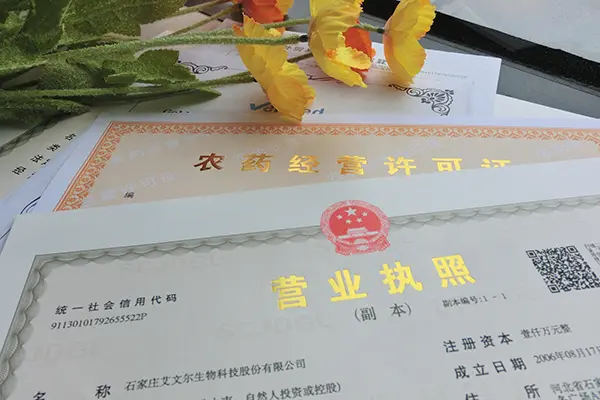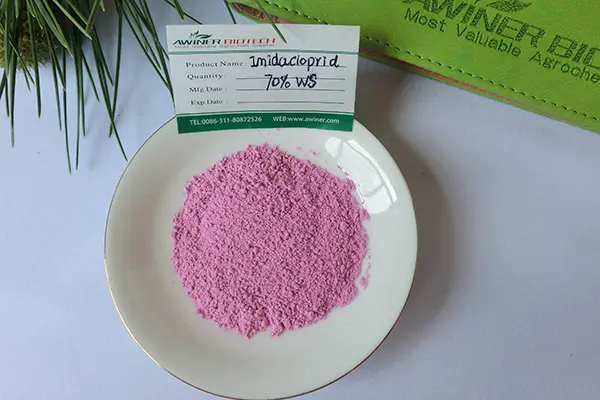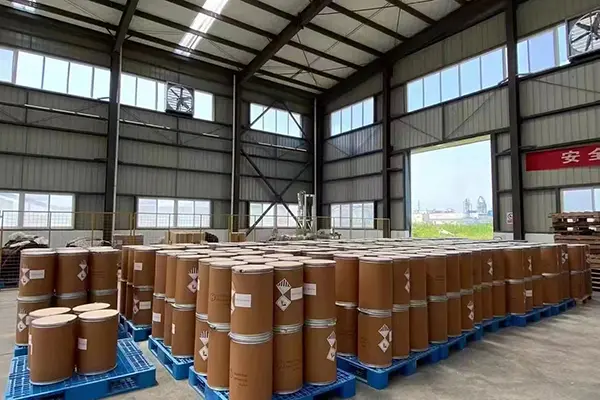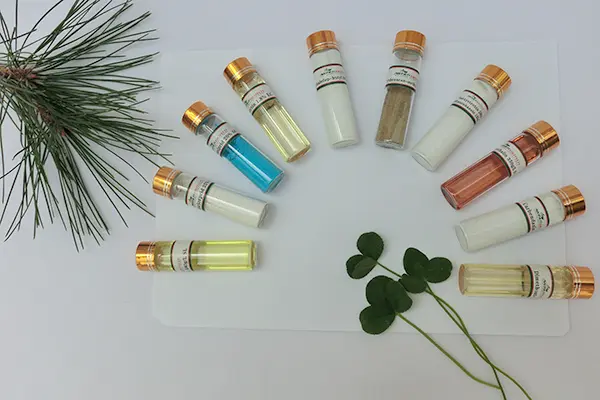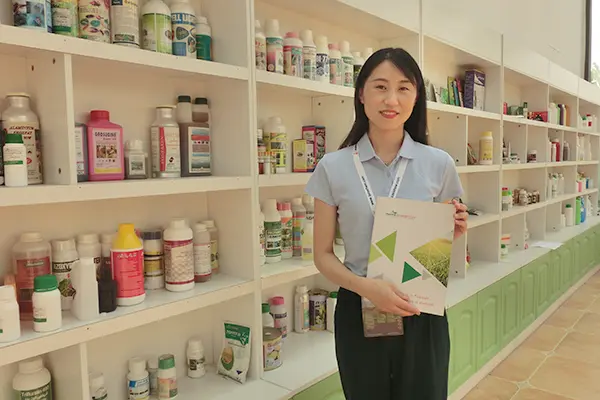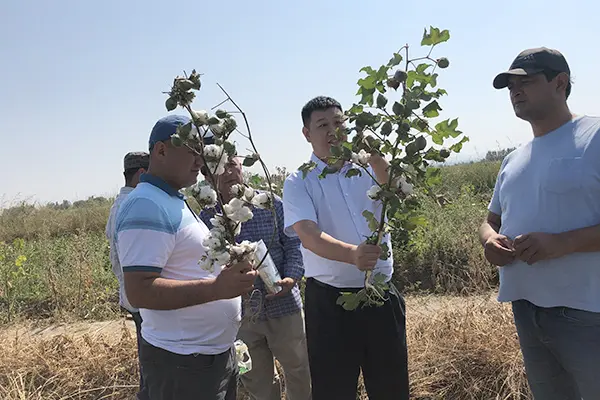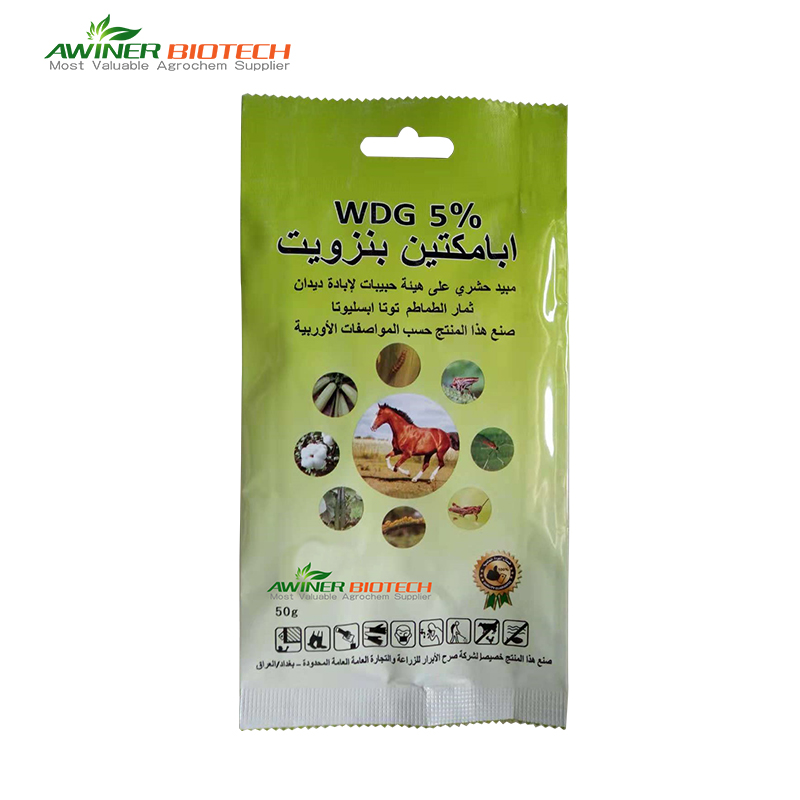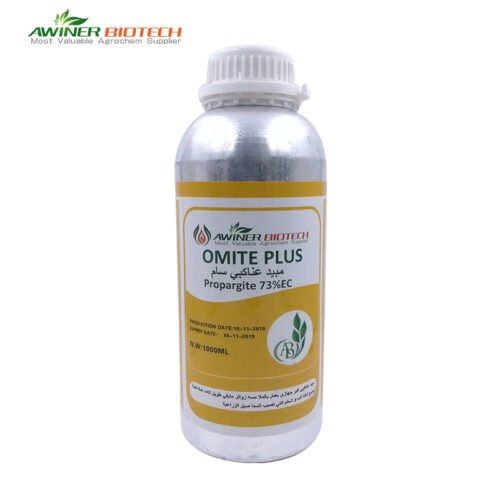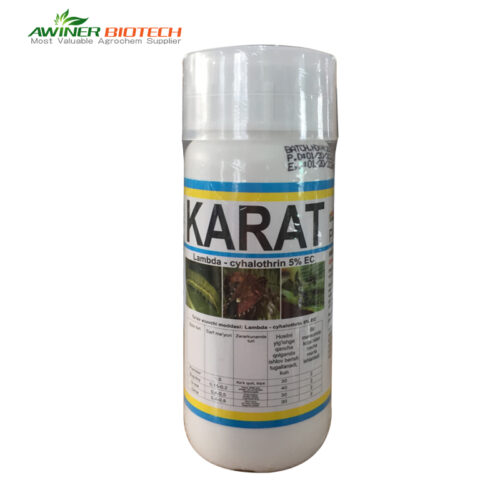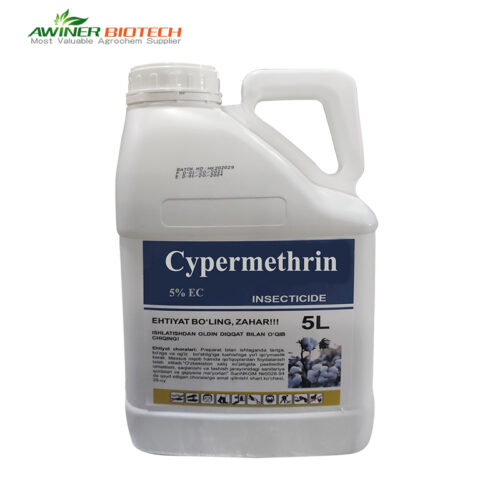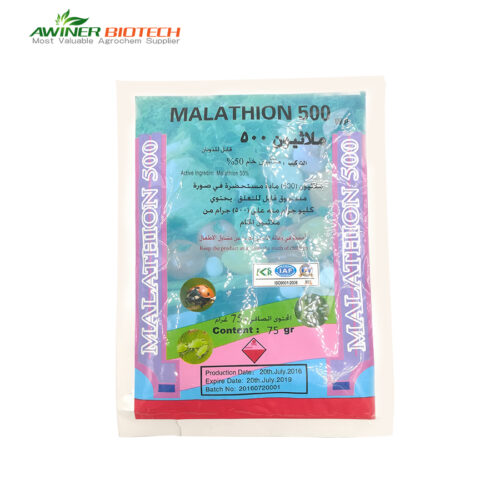Emamectin Benzoate |
|
| Formulation | 19g/L EC, 20g/L EC;5%WDG,5.7%WDG/DF,30%WDG |
| Packing | 1L 、500ml 、250ml、100ml、50ml;1kg、500g、250g、100g |
| Crops | Rice, wheat, corn |
| Certification | SGS、 ISO 、BV |
| Delivery time | 20-30 days |
| Mixture products | Emamectin Benzoate+Beta-cypermethrin Emamectin Benzoate+Cypermethrin Emamectin Benzoate+Spinosad Emamectin Benzoate+Indoxacarb |
| Payment terms |  |
Use Emamectin Benzoate to protect your crops from thrips. This insecticide offers reliable control and helps maintain healthy, productive plants.
Mechanism of Action
Emamectin benzoate, derived from abamectin, targets the nervous system of thrips. It binds to glutamate-gated chloride channels in the nerve and muscle cells, causing an influx of chloride ions. This results in hyperpolarization, leading to paralysis and death of the insects due to their inability to move or feed. This selective action on invertebrates makes it safe for mammals and beneficial insects when used correctly.
Emamectin benzoate Efficacy for thrips
Emamectin benzoate is highly effective against thrips, even at low concentrations. It works as both a contact and stomach poison, ensuring thrips are controlled whether they ingest treated plant material or come into contact with the insecticide. It has a long residual activity, remaining effective for several weeks, which reduces the need for frequent applications and minimizes environmental impact. Emamectin benzoate is also compatible with other pest control strategies, making it ideal for integrated pest management programs.
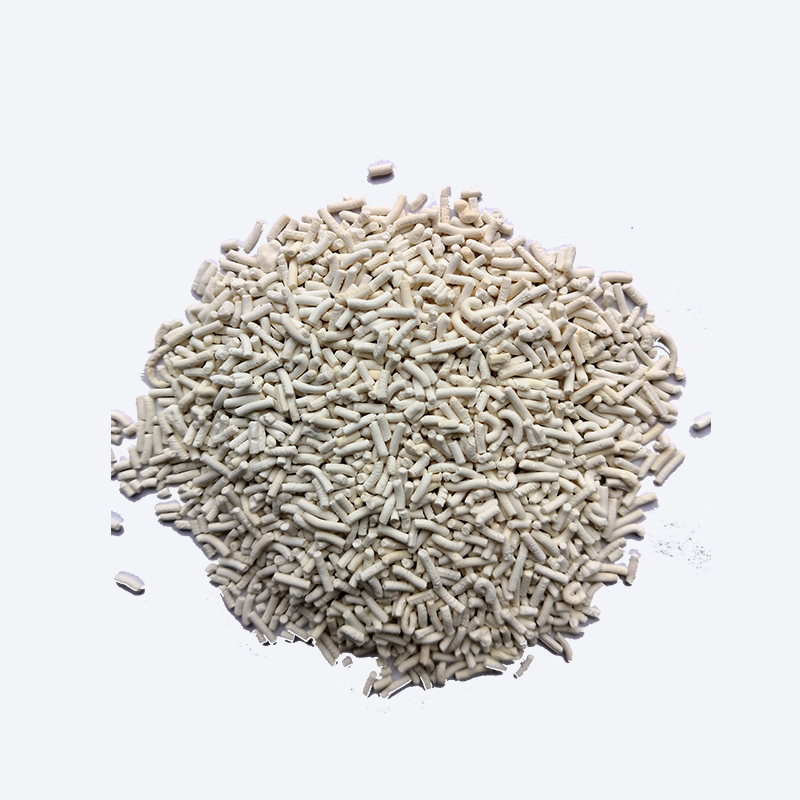 |
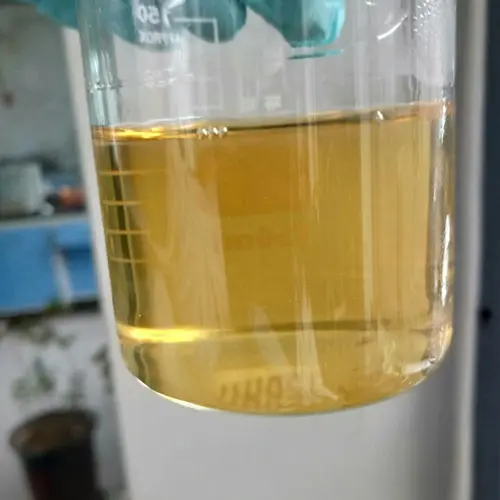 |
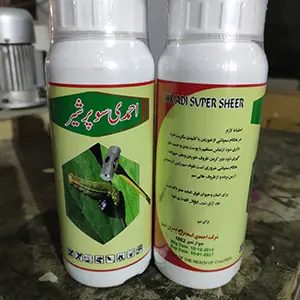 |
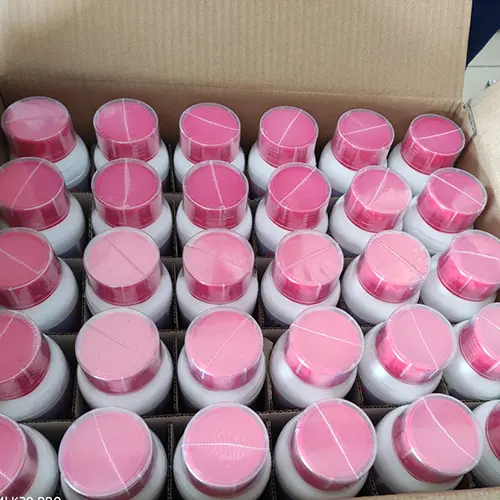 |
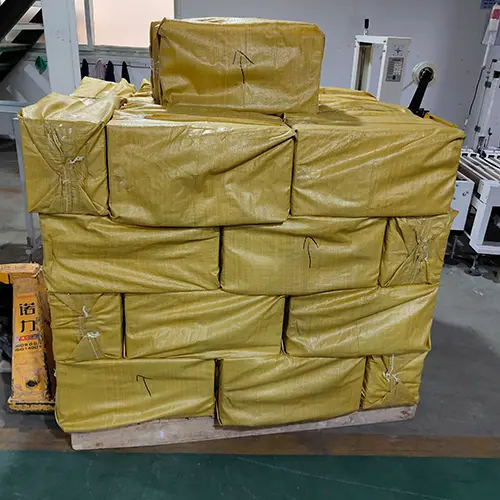 |
<About Awiner Biotech>
